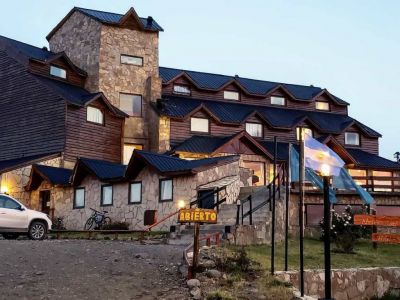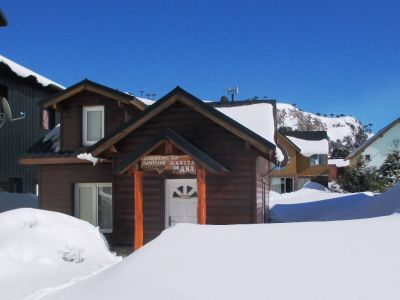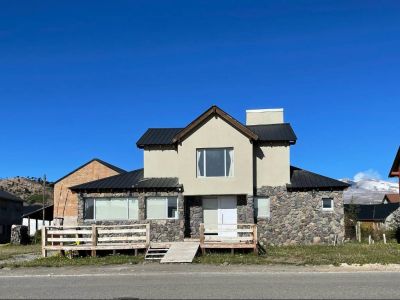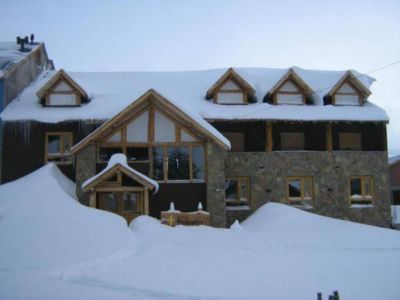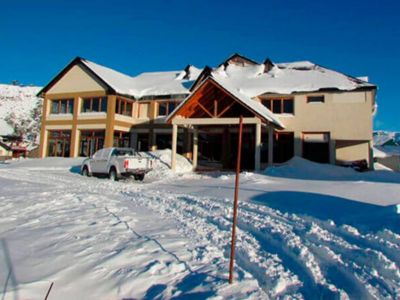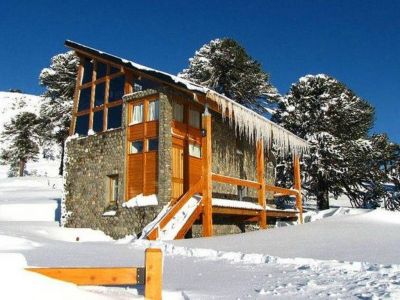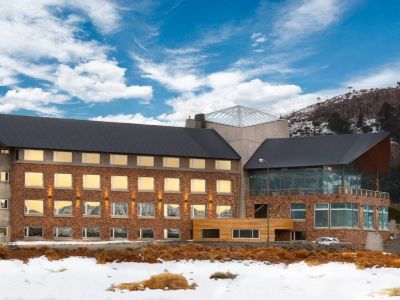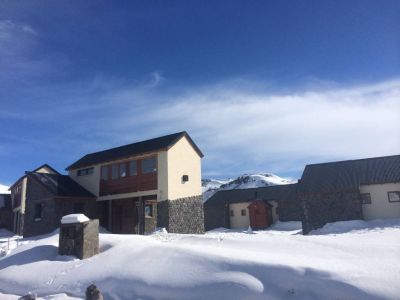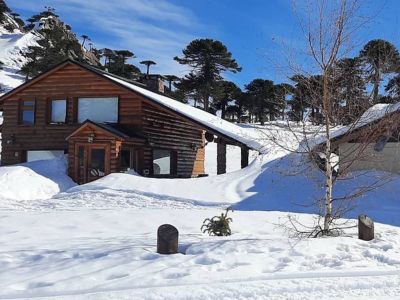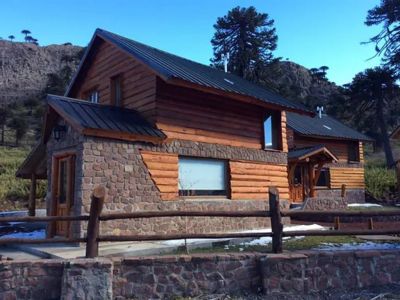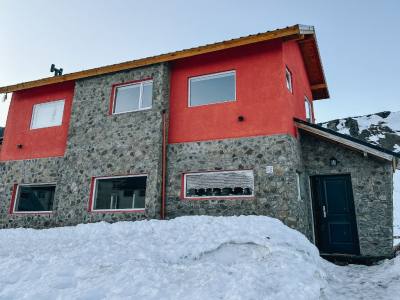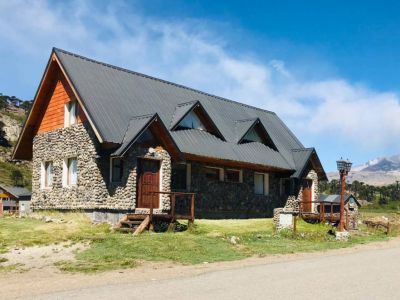Brave Riders at the Mapuche Loom Festival
During a rodeo event, the man tries to become adapted to the movements of the animal and to avoid being thrown off its back. He must be agile and make fast decisions in order to beat the horse’s strength and show its manly skills.
The summer was coming to an end and so was the summer cattle transhumance season for the Milláin Currical community at Cajón Chico. The Mapuche Loom Festival was the ideal excuse to quench the passion for rodeo and get ready for the winter. There we went in order to enjoy that experience. “...Leave her on that side... move to the right to see if she gets straight... Now we’re talking! Until she stops choking!” from Don Segundo Sombra by Ricardo Güiraldes. Once and again, the pick-up men would help their protegés during the rodeo show. The manliness of the riders was tried at every instance of the show. At the pen, several colts were waiting for their turn to enter the area. They were very nervous in a strange environment. A few meters away, a couple of ropers were waiting for the judge to order the game to start. A third man from the same team was waiting for the colt to be restrained and lie down. Then, he would ride the animal’s bare back trying a short ride that was applauded and cheered by the attendants. Each skill gave evidence of an uneven struggle between the man and the excellent troop of horses of different kinds of hair, on which young and not so young riders showed off.
Bareback bronc riding events followed one another between Saturday and Sunday. The number of registered participants exceeded all expectations of the organizers and led to a show with barely any intervals. We were standing by the side of the arena, changing visual angles not to miss a thing. We were amazed by what was being offered in the field and the colorful crowd on the stalls. The children also had their own event and made the audience feel thrilled. About twenty children aged 3 to 8 displayed their skills on little lambs. Sitting astride on their backs, they would emulate their elders as they were stealing applause and laughter from the viewers. At each rodeo event, just 12 seconds were enough to score or lose all hope to win. The blindfolded colt would move uneasily as it was still tied to the post while the rider, the pick-up men and the judge completed all the tasks before the test. At the signal, the animal was released. It was a crucial moment for the rider. He would take the reins with his left hand and use his right hand to whip the animal’s rump. Arching his body backwards and stretching his legs up forwards is the right maneuver to endure the colt’s shake. But they were not alone. At the mangrullo, the payadores encouraged every move with their improvised songs and lyrics. Men used to tune their guitar and move about offering their art. With chamamé playing in the background and the applause of all attendants, the spokesman gave the microphone to don Celedonio. In his own Mapuche tongue, an old man who once was the community’s lonco thanked the youths for preserving tradition. Excitement and ovation crowned his words. It was time to bid farewell and as the night was falling, we left the festival. Slowly and with the satisfaction of having attended an authentic rodeo event in a unique place, we went away in our car while many others rode their horses.
Mónica Pons
Eduardo Epifanio























